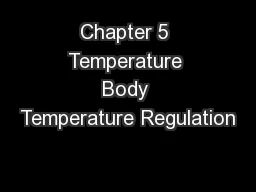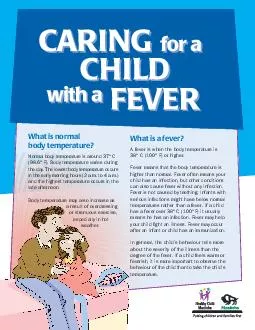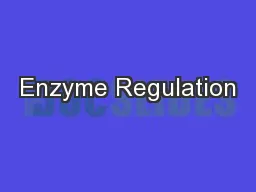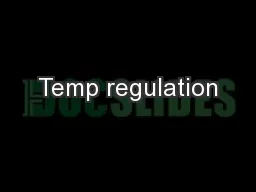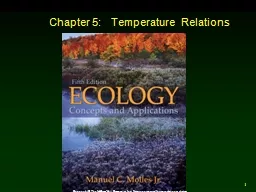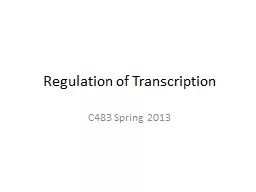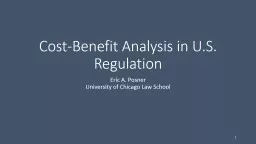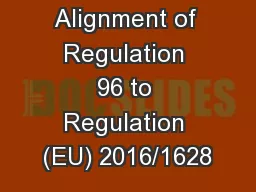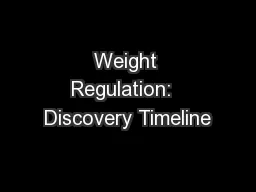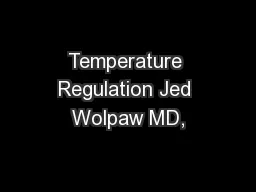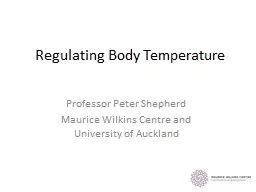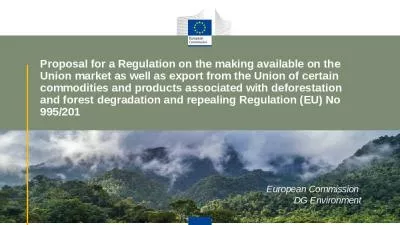PPT-Chapter 5 Temperature Body Temperature Regulation
Author : cheryl-pisano | Published Date : 2018-02-26
Ectotherms Rely mainly on external energy sources Endotherms Rely heavily on metabolic energy Homeotherms maintain a relatively constant internal environment Poikilotherms
Presentation Embed Code
Download Presentation
Download Presentation The PPT/PDF document "Chapter 5 Temperature Body Temperature R..." is the property of its rightful owner. Permission is granted to download and print the materials on this website for personal, non-commercial use only, and to display it on your personal computer provided you do not modify the materials and that you retain all copyright notices contained in the materials. By downloading content from our website, you accept the terms of this agreement.
Chapter 5 Temperature Body Temperature Regulation: Transcript
Download Rules Of Document
"Chapter 5 Temperature Body Temperature Regulation"The content belongs to its owner. You may download and print it for personal use, without modification, and keep all copyright notices. By downloading, you agree to these terms.
Related Documents

